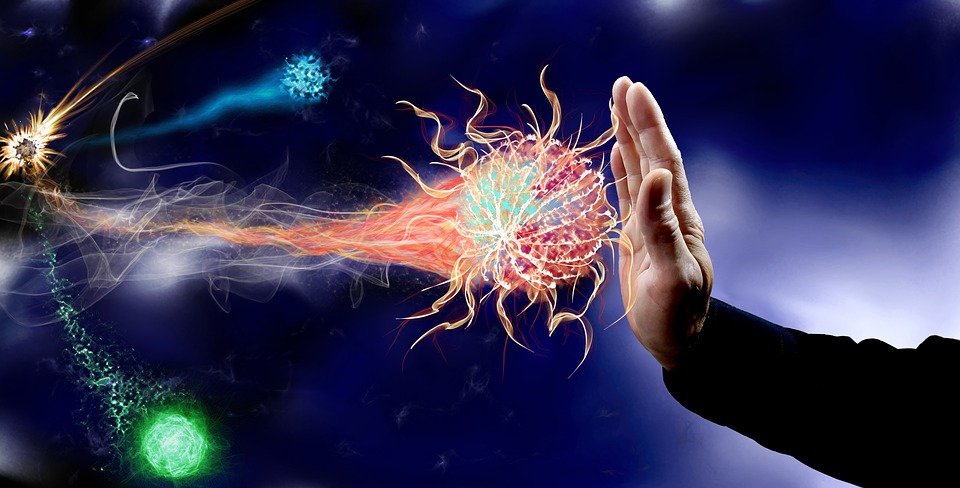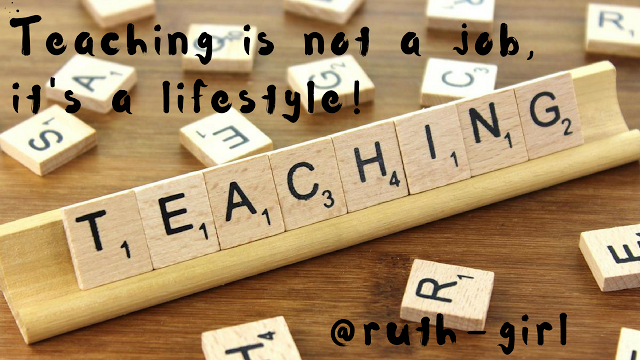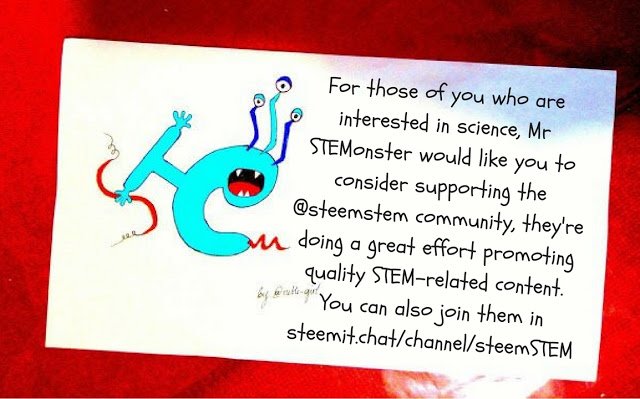Welcome steemians! This post is an entry to "Himal-Health-Contest #4" run by @himal.
For more information check this link.

(Image source: torange.biz)
The topic is VACCINES and since I am a teacher and I always try to find how I can take advantage of any information I come across to use it into the classroom, I thought why not make a lesson plan on Immunity and try to explain "How Vaccines Work" and "Whether they are more harmful than helpful". Later on we can take all this a step further and give our students a more active role in the process.
Note that this plan can be adjusted to work both in the last grades of Primary School (by simplifying the terms and concepts) and Secondary School (by adding more details and terms).
»»-------------¤-------------«« »»-------------¤-------------«« »»-------------¤-------------««
OBJECTIVES
Our main goal is to teach the basic mechanism of acquired immunity. We will present and explain the theory for this.
We also want to promote critical thinking, so we let our students do their own research on the matter and present us with an interesting study on vaccination. We don't want to simply pose the controversial question "Are vaccines good or bad?". Our aim is to let children look up information on the matter and, since science is based on observation-confirmed facts, find study results, understand them and try to explain them. Our final step will be a classroom discussion on whether we believe that vaccination is mainly beneficial or harmful.
It is advisable that students work in groups of 2-4. Co-operation promotes team spirit and discussing information with others enhances the learning process and builds knowledge on a firmer ground.
To sum up, what we expect the students to gain in the end is for them to:
- understand the mechanism of vaccines and their tribute to building immunity,
- learn how to search for information, discuss on a controversial topic (it would be interesting to listen to differing opinions in class) and finally,
- form a judgement on the benefits and drawbacks of vaccination.
STEP 1
Presenting the theory.
Vaccines are part of the wider chapter of biology, immunity. The immune system is the body's mechanism to resist and fight off disease. It attacks "invaders" and suppresses their effects on the body.
Very roughly: When an antigen ("intruder" organism) is recognized to have invaded the body, the immune response begins by detecting and identifying it. B-lymphocytes (a certain type of immune system cells) are activated and start producing antibodies (a type of protein that react with the "intruder" by sticking on them). Some of these antibodies will stay within the body and "remember" the specific antigen for a quicker response in the future (the person won't get sick again from the same antigen). The antibodies will then call for backup from the T-cells (the cells that actually kill antigens) and when the T-cells are not enough the will call for the other, stronger cells to come to the "battlefield" (like phagocytes).
 (Image source: pixabay.com)
(Image source: pixabay.com)
Immunity is the the ability of the immune system to protect the body, heal it and then "remember" the pathogen invaders by storing a "copy" of them on its "hard drive". Immunization is when the body has succeeded in producing antibodies for a certain antigen and gained protection over it. How can we achieve that?
There are 3 types of immunity:
- Innate: the natural ability of self-protection one is born with.
- Active or adaptive: the one we develop over the course of our life (as we encounter diseases and our body fights them off).
- Passive: when the body "borrows" immunity of certain duration from another source.
Vaccines and vaccination:
- Vaccine is the product we use to help the immune system gain antibodies over an antigen (it can be given by injection, mouth or aerosol).
- Vaccination is the injection of a dead or weakened antigen in order to trigger the antibody production.
Vaccines are a type of passive immunity and have been very helpful to the body by offering it antibodies to fight an antigen. They can also work as active immunity when they give the body the chance to "simulate" an antigen attack without getting sick. They contain parts of a dead or weakened antigen and aim to ring the alarm of the immune system so that it fights back as if the body was infected by a real threat. The immune system responds again by producing antibodies and memory cells in order to eliminate the threat and be able to fight it, should this particular antigen get into the body again. In a future contamination, the immune system will be able to respond faster and restrain the infection without the person having to get sick.
The main arguments for vaccine use are:
- Prevention: By offering the body the chance to recognize and respond faster to a future attack the vaccinated person has a "shield" to protect them.
- Protection: The "community immunity" feature means that when a large number of people within a community are vaccinated and therefore immune to a certain disease, the non-vaccinated people can also benefit, because the chance of a contagious disease outbreak is almost diminished.
The arguments against are:
- Vaccines may have some side effects like swelling around the injection area, make you feel unwell or even get you a mild fever.
- Allergic reactions are also a rare chance, but can be quite severe on occasion.
There is a great list with more pro-con arguments in: vaccines.procon.org.
STEP 2
Students do their research
Here we want the students to get more active by assigning them to find studies on vaccines, their effectiveness, advantages and disadvantages. We divide them in groups of 2-4 and ask for each group to find 2-4 studies, look through the results and discuss them in order to determine whether vaccines and vaccination are helpful or harmful. We don't ask for a simple yes or no answer. We want them to search, analyze, evaluate and discuss with their group's members before concluding to anything. We also ask them to note down the source of each study and the conclusions.

(Image source: commons.wikimedia.org)
STEP 3
Students develop their opinion on the matter
In this final part, we get all groups to discuss their findings and form a final judgement-opinion. We will also discuss the sources these studies came from and reflect upon their credibility, try to detect any hidden interests behind them (for example a study found on a page of a pharmaceutical company would be more likely to present results in favor of vaccines, whereas a study in an anti-vaccine blog would present evidence against them). During this discussion each group will present their arguments and then the class as a whole will get to decide on "Whether they are more harmful than helpful".
References
kidshealth.org
vaccines.gov
livescience.com
nhs.uk
Some notes for further reflection
I know that most educational systems focus on plain accumulation of information and evaluation of this information's volume (the more things you can learn by heart the better student you're considered to be). But living in a world that bombards us with information every day, we must be able to develop our critical thinking and not fall for everything we read without questioning and looking further into it. This plan might waste you 3-4 hours of your curricular, but will surely get the microbe of question and doubt into most of your students. Think of it as a vaccine against gullibility and believing in unconfirmed information.


Thank you for being here and reading this post. I hope for some it will be helpful or give them an inspiration to come up with something else to make their lesson more interesting and fun. I would love to see your feedback in the comments below.
Perhaps you'd like to go through my blog and discover plenty of lesson plans along with my bizarre natural phenomena series.

Finally, for those of us engaging with education, @steemiteducation is here to join all steemian educators in their common cause of making our job easier, more effective and more fun!
Thank you once again for your time and as I like to say,
Steem on and keep smiling, people! :)

